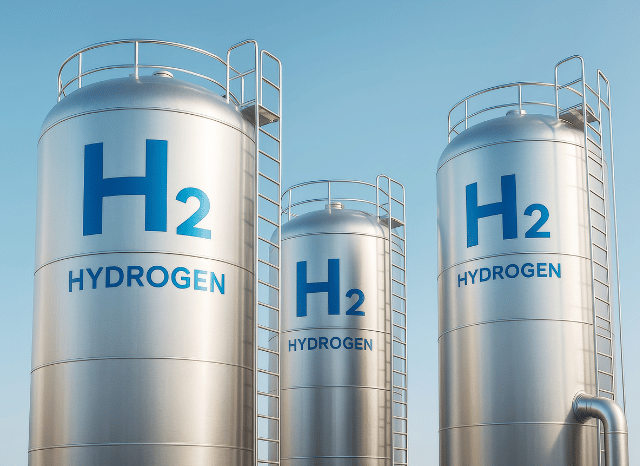
Oman, Germany, and also the Netherlands have signed a groundbreaking settlement that can reshape Europe’s Power landscape, ushering in a new era of inexperienced hydrogen imports from the center East.
A Daring shift in the worldwide energy transition is getting form between Oman and Europe. A historic agreement signed earlier this year paves the way in which for one of the globe’s very first substantial-scale hydrogen corridors—linking Oman’s vast renewable sources to Germany’s industrial hubs by way of the Netherlands.
The Main of the initiative is inexperienced hydrogen—produced by splitting water through electrolysis run by solar or wind Vitality. This type of hydrogen has captivated world fascination for its likely to decarbonise sectors which might be normally difficult to electrify, such as heavy transportation, metal creation, and Power storage.
Oman, leveraging its sunny local climate and ambitious countrywide approach, aims to be a prime international exporter of inexperienced hydrogen by 2030. Forecasts recommend the place could create nearly 1 million tonnes of eco-friendly hydrogen annually by the end with the ten years. A important aspect of the plan includes liquefying the hydrogen to aid overseas transport.
Enter the hydrogen corridor: a planned maritime and logistics route starting from the port of Duqm in Oman, extending to your ports of Amsterdam and Duisburg. Specialised cryogenic tankers, comparable to These used in LNG transport but adapted for hydrogen’s Considerably decreased temperatures, will have the gas. European ports are by now planning the required infrastructure to get, keep, and distribute the cargo.
This corridor is not simply a logistical feat—it’s a strategic just one. For Germany, which happens to be looking to reduce dependence on fossil fuels and diversify its Power blend, the imports get more info could enable meet up with its goal of bringing in ten million tonnes of renewable hydrogen by 2030. The corridor also aligns with broader EU sustainability plans and industrial decarbonisation initiatives.
The challenge’s importance lies not just in its scale, but additionally in its replicability. Like LNG before it, liquid hydrogen could before long transfer throughout continents, breaking absolutely free from the constraints of fixed pipeline networks. And Oman isn’t by yourself. click here Other initiatives—like Spain’s Basque Hydrogen Corridor and the Central European Hydrogen Corridor—also are creating the spine of the foreseeable get more info future hydrogen economic system.
The Basque project focuses on integrating creation, distribution, and industrial use within more info northern Spain. Meanwhile, the Central European route options to repurpose present fuel pipelines to carry hydrogen from Eastern Europe to Germany, even more cementing the area’s job inside the hydrogen transition.
If prosperous, these endeavours could mark a major milestone in decarbonising Europe’s large industries and transport networks—powered because of the sun and wind of distant deserts.